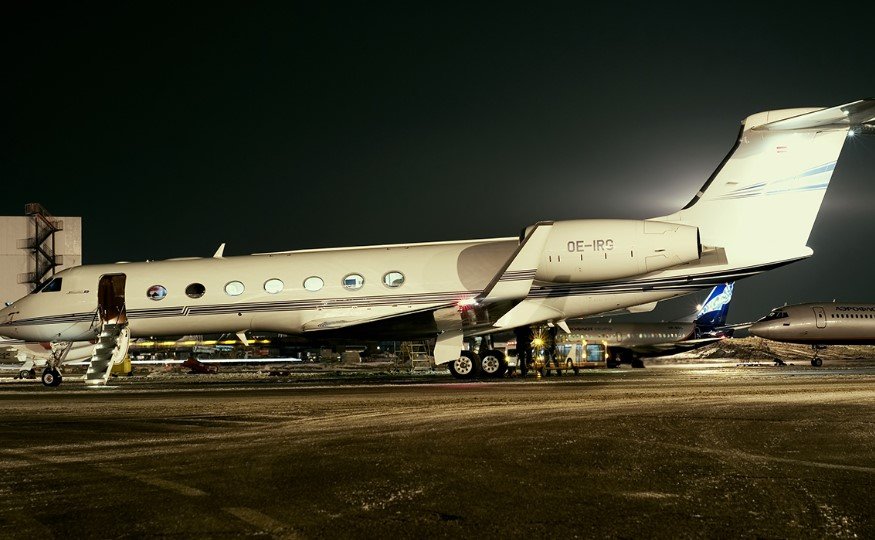Georgia’s top aerospace companies have come together to form the Georgia Aerospace & Defense Alliance, aiming to strengthen the state’s position as a leader in this key industry. Announced on August 25, 2025, the group focuses on advocacy, workforce growth, and support for research tax credits to keep jobs and innovation thriving in the state.
Alliance Forms to Champion Georgia’s Aerospace Sector
Major players in Georgia’s aerospace world joined forces this week to create a new organization. The Georgia Aerospace & Defense Alliance brings together companies like Gulfstream Aerospace, Lockheed Martin, Rolls-Royce, FlightSafety International, and Pratt & Whitney under one banner.
This move comes as aerospace ranks as Georgia’s second-biggest industry, right after agriculture, and leads in exports. With about 200,000 jobs tied to the sector, leaders say the alliance will help protect and expand this economic driver.
The group plans to push for policies that support growth, including stronger backing for the state’s research and development tax credit. This credit lets companies cut their Georgia income tax by investing in new tech and ideas.
Key Leaders and Base of Operations
Jay Neely, a veteran in the industry and chair of the Georgia Department of Economic Development, steps up as chairman of the alliance. His experience positions him well to guide efforts in advocacy and partnerships.
Ember Bishop Bentley takes the role of executive director. She brings knowledge from her past work in education and economic development, focusing on building ties between businesses and schools.

The alliance sets up its base at Mercer University in Macon. This spot ties into the university’s engineering research center, which already supports nearby Robins Air Force Base and boosts local tech work.
Leaders point out that other states like Alabama and Michigan have similar groups. Georgia aims to stay ahead in the race for aerospace talent and investment.
Focus on Workforce and Innovation
A big goal for the alliance is growing the next generation of workers. They plan to support STEM programs, technical training, and engineering degrees at schools across Georgia.
Georgia Tech offers strong aerospace engineering courses, while the University of Georgia and Kennesaw State University add to the mix with their own programs. Technical colleges provide hands-on training in areas like aviation maintenance.
The group wants to keep graduates in the state by linking them to jobs at local firms. This could help fill roles in everything from building jets to developing new aircraft tech.
They also aim to host events like Aerospace Day at the Capitol in 2026. This will bring together industry folks, lawmakers, and educators to talk about needs and wins.
- Boost support for research and development tax credits to spur innovation.
- Build partnerships between companies and schools for better training.
- Advocate for policies that attract more aerospace investment to Georgia.
Economic Impact and Future Outlook
Aerospace pumps billions into Georgia’s economy each year. Exports alone topped records in recent years, with products like Gulfstream jets and Lockheed’s C-130J planes leading the way.
The industry spans the state, from Savannah’s jet factories to Marietta’s defense plants. Smaller firms work on parts, drones, and even future air taxis, adding to the mix.
Recent trends show growth in hypersonic tech and electric aircraft. Georgia companies are at the front, working on projects that could change travel and defense.
| Key Aerospace Players in Georgia | Main Products | Location |
|---|---|---|
| Gulfstream Aerospace | Business jets | Savannah |
| Lockheed Martin | C-130J cargo planes | Marietta |
| Rolls-Royce | Aircraft engines | Various sites |
| Pratt & Whitney (RTX) | Jet engines | Columbus area |
| FlightSafety International | Pilot training | Statewide |
This table shows just a slice of the sector’s reach. With global demand rising, the alliance could help Georgia grab more market share.
Experts say competition from other states and countries is fierce. By uniting voices, the group hopes to make Georgia the top spot for aerospace work.
Challenges and Broader Context
Not everything is smooth skies ahead. Supply chain issues and workforce shortages have hit the industry hard in recent years. The alliance plans to tackle these by pushing for better training and state support.
Tied to national defense, Georgia’s sector also feels shifts in federal spending. Recent U.S. Department of Defense contracts, like those for rocket systems, show ongoing demand.
On the commercial side, demand for private jets stays strong. Gulfstream’s new G700 and G800 models highlight innovation that keeps Georgia in the spotlight.
The alliance has no public funding yet and relies on member dues. Leaders stress it will work with existing groups to avoid overlap and maximize impact.
If you found this article helpful, share it with friends in the industry or leave a comment below on what you think about Georgia’s aerospace future. Your thoughts could spark great discussions.
